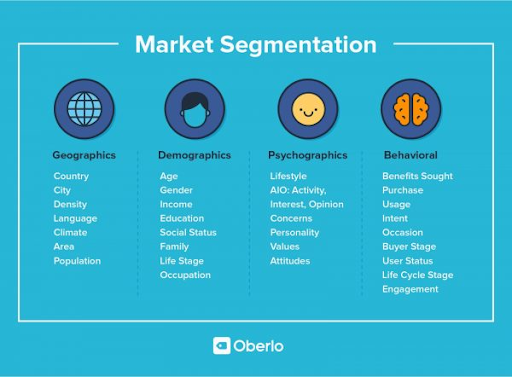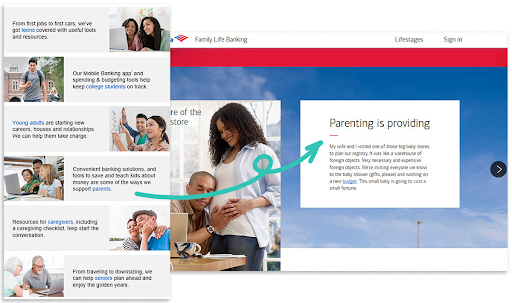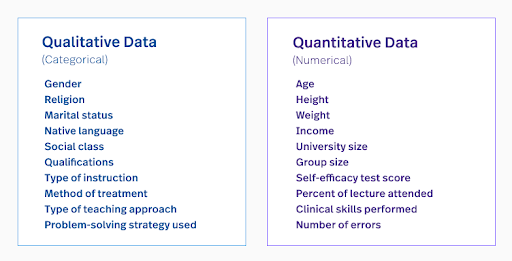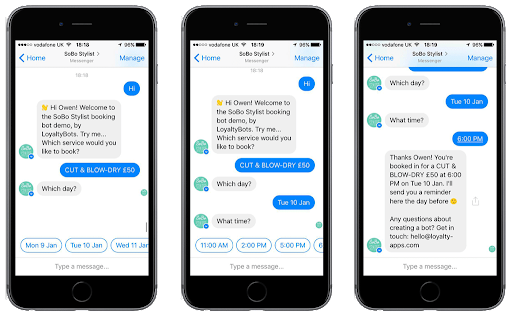How To Implement Hyper-Personalization Strategies

How To Implement Hyper-Personalization Strategies
This article looks at the hyper-personalization trend, what it involves, and how to implement it.
Research has shown that 80% of customers are more likely to buy from you if you provide a personalized experience.
What about a hyper-personalized experience? If you can pull this off, there’s every chance you will attract more leads, convert said leads into paying customers—and turn them into loyal customers.
In this article, we’ll be showing you exactly how you can effortlessly implement hyper-personalization strategies.
What Is Hyper-Personalization?
Hyper-personalization is a more advanced way brands can tailor their marketing to each user.
It leverages data, such as website analytics, to help you understand your customers on a deeper, granular level.
Armed with this knowledge, you can tailor your customer experience so that each individual only receives personalized information. For example, product recommendations and website content that is relevant to their specific desires.
With hyper-personalization, you stand to benefit from more satisfied customers—and more conversions.
It’s relevant in today’s world of marketing because we live in an era where customers want you to understand them and their pain points. If you don’t, they'll bring their business elsewhere.
Hyper-personalization is not only for large, established brands. In fact, more and more early-stage startups are investing their startup funding or loans in hyper-personalization strategies to achieve faster growth.
How To Implement Hyper-Personalization Strategies
As we’ve seen, hyper-personalization is well worth exploring. Let’s now take a look at how you can implement it in your marketing strategies:
- Segment customers
- Collect data
- Launch a hyper-personalization email marketing campaign
- Invest in chatbots
- Personalize push notifications
Looking for help integrating hyper-personalization strategies? Connect with a digital marketing agency on The Manifest.
1. Segment Your Customers
We mentioned earlier that hyper-personalization allows you to target each customer individually with your messaging.
You’ll still need to create customer segments (otherwise you’ll be creating thousands of individual content pieces).
Customer segmentation allows you to create a series of groups filled with your audience who share the same needs, tastes, desires, motivations, demographics, and so on.
For example, you can mine your data and filter your customers according to their:
- Geographics
- Demographics
- Psychographics
- Behavioral Profile

Source: EBCG.com
These are just four examples of segments but you can create many more.
Let’s take a look at Bank of America and how they used life stage segmentation in emails. Their customers could segment themselves by clicking on tabs within the email that matched their needs. These tabs led to micro-sites personalized to solve that specific need.

Source: Yieldify.com
What’s essential is that you break your segments down to target customers who most definitely share the same interests. Then they can respond positively to the same message/content/product recommendations.
2. Collect As Much Data As You Can
There’s some good news and some bad news here.
The good news is the amount of data you can collect on your customers is infinite.
The bad news is the amount of data you can collect on your customers is infinite.
To help make your data collection more manageable, you can break down your types of data into just 2 categories:
- Quantitative data
- Qualitative data
What’s the difference between the two?
Quantitative data is information that is measured. It shows you how a customer is interacting with your brand— transactions and clickthrough rates, and site visitors.
Qualitative data is information that can’t be measured and is subjective. It gives you insights into how a customer feels about your brand and what motivates them to buy from you (or not buy from you).

Source: Fullstory
As you can imagine, both types of data are fundamental to helping you create a hyper-personalized game plan.
There are different ways you can collect data:
- Carry out surveys
- Ask for feedback
- Create polls
- Dive into your website and marketing analytics
- Ask questions on social media
You could also use a data aggregator company that actively sells data to businesses and marketers just like you.
3. Launch a Hyper-Personalized Email Marketing Campaign
Earlier, we touched on customer segmentation. When it comes to your email marketing campaigns, it’s very useful if you can create segments so that you start tailoring your emails to specific customers.
For instance, you could start by creating a lead magnet that’s designed to secure a customer’s email address in exchange for something of value (such as a discount).
Once they’ve filled in their email address you could then ask them for a few extra details to help you create segments (such as their age, interests, etc).
Then, using email marketing software, you can create segments before sending out hyper-personalized emails to each segment.
What should these emails contain?
For the sake of conversions, it’s always a smart idea to go with personalized product recommendations.
You can also leverage previous purchase history to create personalized emails. For example, if a customer has already purchased a specific product, they’ll likely be interested in similar products.
4. Use Chatbots For Personalized Customer Service
AI-driven chatbots are one of the best ways to implement one-to-one marketing.
When you add a chatbot to your website, a customer can have their queries answered anytime, day or night.
A chatbot is also able to collect data and learn more about each customer with every subsequent conversation. This helps personalize the customer experience.
Chatbots greet your customers personally. They talk like a human, they think and form relationships with your users, and guide them further along the customer journey.

Source: Wordstream
5. Personalize Your Push Notifications
Push notifications have an average click rate of 12%.
Meanwhile, they have an opt-in rate that sometimes goes as high as 95%.
Are they worth using? Absolutely.
When you personalize your push notifications, you’re taking key contextual data into account which can boost both click rates and opt-in rates even more.
For example, if a customer is near your store, you could send them a push notification, which might encourage them to pop by for a visit. This is a location-based notification based on their IP address.
Or, if a customer has added something to their cart, you could reach them where they’re at with a reminder. Such as:
“Hey! Looks like you forgot something.”
You can use push notifications on your website, as well as your app (if you have one).
Hyper-Personalization Connects Companies to Loyal Customers
These are some top-tier hyper-personalization strategies that you can add to your marketing campaigns.
Others you can explore include personalized paid search ads, which are excellent ways of driving more qualified organic traffic. You could also provide your customers with context-based customer support.
The key thing is that you replace formerly intrusive marketing techniques with ones that are personable and value-driven. Ultimately hyper-personalization should engage your customers, secure their trust in you, and boost your conversions.
